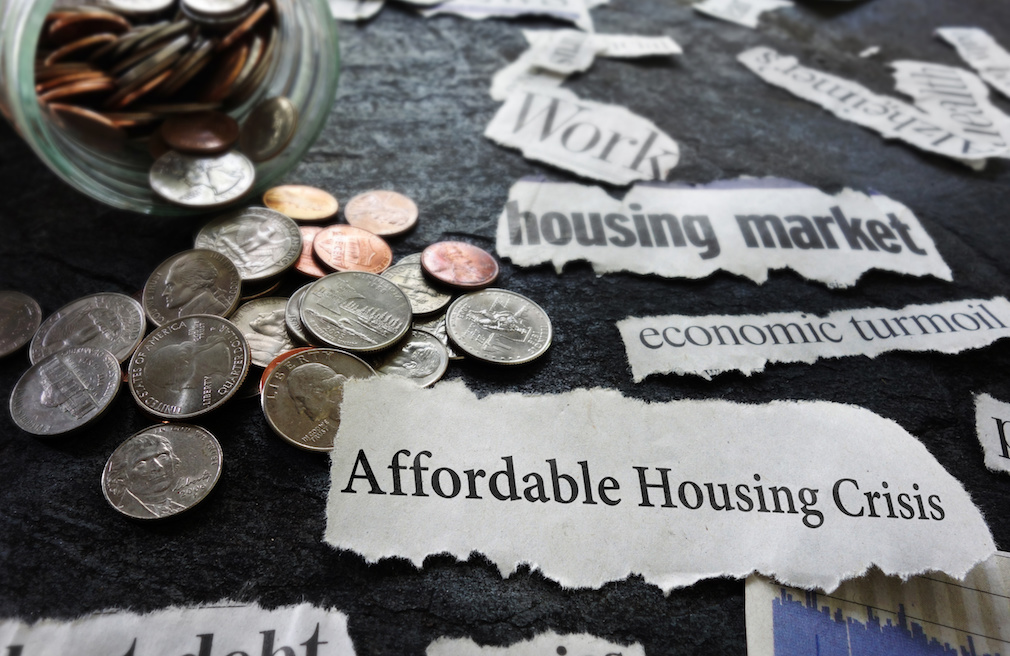On April 26, Democratic congressional leaders sent a letter to Treasury Secretary Steven Mnuchin and Small Business Administration Administrator Jovita Carranza seeking to set aside at least $10 billion in Paycheck Protection Program (PPP) funds to be accessed by community development financial institutions. One week earlier, a coalition of civil rights groups led by the NAACP called for federal appropriations to direct $1 billion to the Treasury Department-administered CDFI Fund “to support rapid response to the economic conditions created by COVID-19.”
Hubert Van Tol, president of PathStone Enterprise Center, a CDFI in Rochester, New York, was not optimistic about these new efforts.
“From what I hear from my contacts on the Hill, it was fought against pretty hard by the administration and Senate Republicans,” he said. “We did get included as eligible lenders in the second round, so that was one small step.”
Van Tol referred to last week’s $480 billion stimulus bill that included a $60 billion carve-out for community-based lenders. But until the funding comes, Van Tol is scrambling to keep operations flowing at his $14 million-asset institution.
“With the help of some emergency grants, we’re able to hold things together for now,” he said. “We’re concerned that we’re going to have big losses in the future.”
For many years, CDFIs have helped lower-income communities achieve both homeownership and affordable rental housing opportunities. Yet John Holdsclaw, chairman of the CDFI Coalition, believes too many people are unaware of this mission.
“One of my biggest pet peeves about the industry is that I wish we were able to highlight more of the housing work that CDFIs do across the country,” he said. “CDFIs across the country are doing great work in the housing space.”
Lower-income households are especially vulnerable during this crisis, and CDFIs involved have been actively assisting these borrowers. Jaycee Greene, director of community development lending at Gateway Community Development Fund in St. Louis, noted his institution proactively offering a 90-day loan payment deferral for all borrowers.
“Starting in April, we would not require any loan payments principal or interest until July 1,” he said. “Then, we modified or extended all the maturity dates for those that took advantage of this deferral.”
Self-Help Credit Union in Durham, North Carolina, is taking a case-by-case approach, albeit with a holistic touch.
“The COVID-19 crisis hit many of our home loan borrowers and rental tenants hard due to job losses, reduced hours, and health concerns,” said Tucker Bartlett, executive vice president. “We are working to address concerns on an individualized basis by offering payment forbearance for those whose income has been impacted. This should allow families to stay in their homes until they are able to get back on their feet.”
Self-Help is also among the CDFIs that finance the development of affordable housing projects, and Bartlett worried that this sector of the housing market will suffer as a result of the pandemic’s economic tumult.
“For the development we have under construction, a challenge is keeping them on track in terms of schedule – from materials supply to labor – given the impact of necessary social distancing and the safety of workers,” he said. “So far, we are continuing to meet project deadlines. For affordable housing projects and other community development real estate not already under construction, the availability of subsidies – local, state and federal, as well as philanthropic – could be significantly impacted.”
Another CDFI in this space is facing project slowdowns due to fears of coronavirus infection.
“Some of the lower income communities are hardest hit by the COVID-19,” said Peter James Elkowitz, president and CEO of Long Island Housing Partnership Inc. in Hauppauge, New York. “On some of the homes that were completed, we’re waiting to close,” he continued. “We’re working through the logistics of virtual closings and signing all the documents. We probably have about seven or eight homes that are ready to close, and we will see a ramp up of closings once we get back into the office.”






